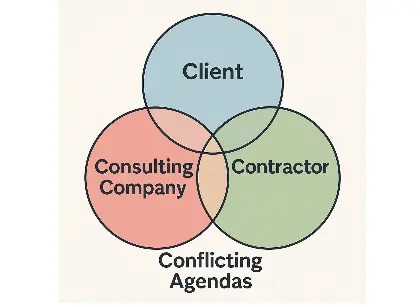SAGE vs Standard AI Systems: Strategic Comparison
A feature comparison between proposed SAGE (State Advisor for Governance and Evaluation) and traditional cloud-based AI systems
It highlights key differences in deployment, security, accuracy, and overall strategic fit for State-level policymaking. The SAGE system is designed with high trust, transparency and optimized for governance and legislative advising.
| Criteria | Standard Online AI | SAGE System (Assumed) |
|---|---|---|
| Deployment Cost | Low (shared infra) | Moderate (initial setup per State) |
| Operating Cost | Variable (API metered usage) | Predictable (flat or budgeted use) |
| Security (Data Privacy) | Moderate (cloud-based, shared model) | High (localized, air-gapped possible) |
| Accuracy (Policy-Relevant) | Moderate (trained on general data) | High (trained on law, policy, local data) |
| Customization for State Needs | Low (generic, not fine-tuned) | High (per-State configuration) |
| Transparency / Auditing | Low (opaque LLM internals) | High (audit trails + explainable AI) |
| Latency (Response Time) | Fast (global cloud infra) | Moderate (on-prem or hybrid latency) |
| Integration with State Systems | Limited (generic APIs) | High (direct connectors to State DBs) |
| Trustworthiness / Bias Control | Low (unknown data sources, drift) | High (controlled sources, curated models) |
| Memory / Historical Context | Short-term session memory only | Long-term memory with snapshots |
Conclusion:
SAGE represents a paradigm shift for AI in governance. By tailoring the system to individual State needs, SAGE delivers a trustworthy, auditable, and strategic decision-support platform. It is positioned not as a general-purpose assistant but as a sovereign-calibrated advisor — a foundation for augmented policy intelligence in the modern era.



Comments